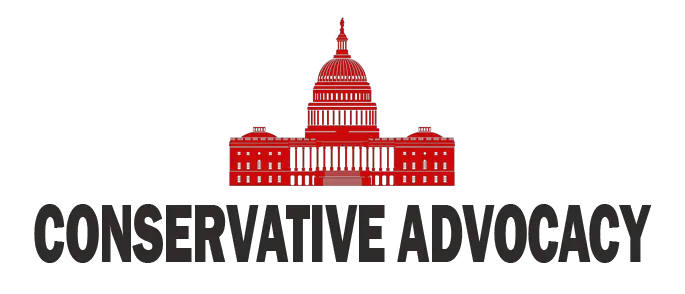In today’s culture, the conversation around beauty standards and racial representation is becoming increasingly convoluted. Recently, a discussion unfolded that highlighted the contradictions in how society perceives attractiveness based on skin color. It’s clear that while there has been a push toward inclusivity, there are still underlying biases that skew perceptions of beauty, often favoring one group over others. This dynamic poses a challenge to the very ideals of fairness and equality that many claim to uphold.
The discussion kicked off with an assertion that white bodies, particularly those of women, have historically been seen as the norm in discussions about beauty. This perception creates a hierarchy that diminishes the beauty of those who do not fit this mold. However, this narrative simplifies a much more complicated reality. The idea that only certain bodies are ‘good’ or ‘normal’ denies the diversity that makes American culture vibrant. All individuals, regardless of their racial or ethnic background, bring unique beauty to the table.
The claim that only certain “genes” are desirable is not just misleading; it is blatantly erroneous. Good genes are not exclusive to any single racial group. Individuals such as Sydney Sweeney and renowned figures like Beyoncé are recognized for their beauty not solely because of their skin color but due to their overall appearance, confidence, and presentation. Diversity in beauty is something that should be celebrated, and this should be an inclusive celebration that recognizes the beauty in every individual without defaulting to race as the primary measure of worth.
Conversations surrounding beauty should focus on personal responsibility and the choices individuals make to present themselves. Many women invest time and resources into their looks, whether it be through hair care, makeup, or fashion. This is not a negative trait; rather, it showcases a desire for self-expression. People should not be labeled or shackled by societal definitions of beauty based on their race. Rather, they should be empowered to define their beauty in a way that honors who they are, showcases their strengths, and allows them to thrive.
In the end, it is clear that beauty standards must evolve to reflect the diverse nature of our society. It is vital for discussions on this topic to move away from divisive terminology and to foster an environment where everyone, regardless of race, can feel valued and recognized. Emphasizing personal responsibility, the importance of recognizing beauty in all forms, and uplifting everyone should be the mantra going forward. Only then can we truly move toward a more inclusive understanding of beauty that celebrates the rich tapestry of humanity.




